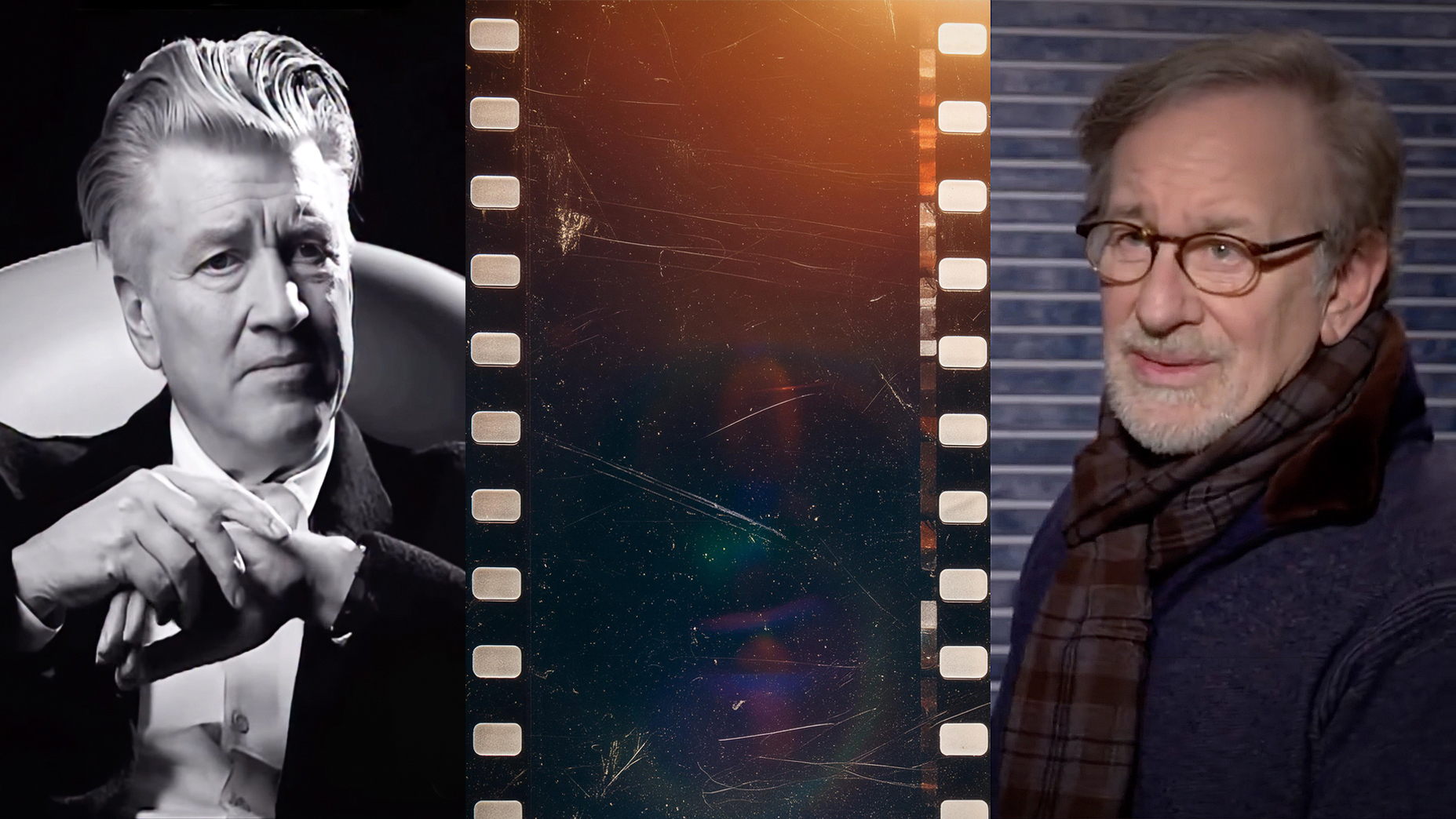Canon APS-C cameras: These are the key differences between Canon's crop-sensor bodies
Which Canon APS-C camera is right for you? Let me help you work out the differences between them
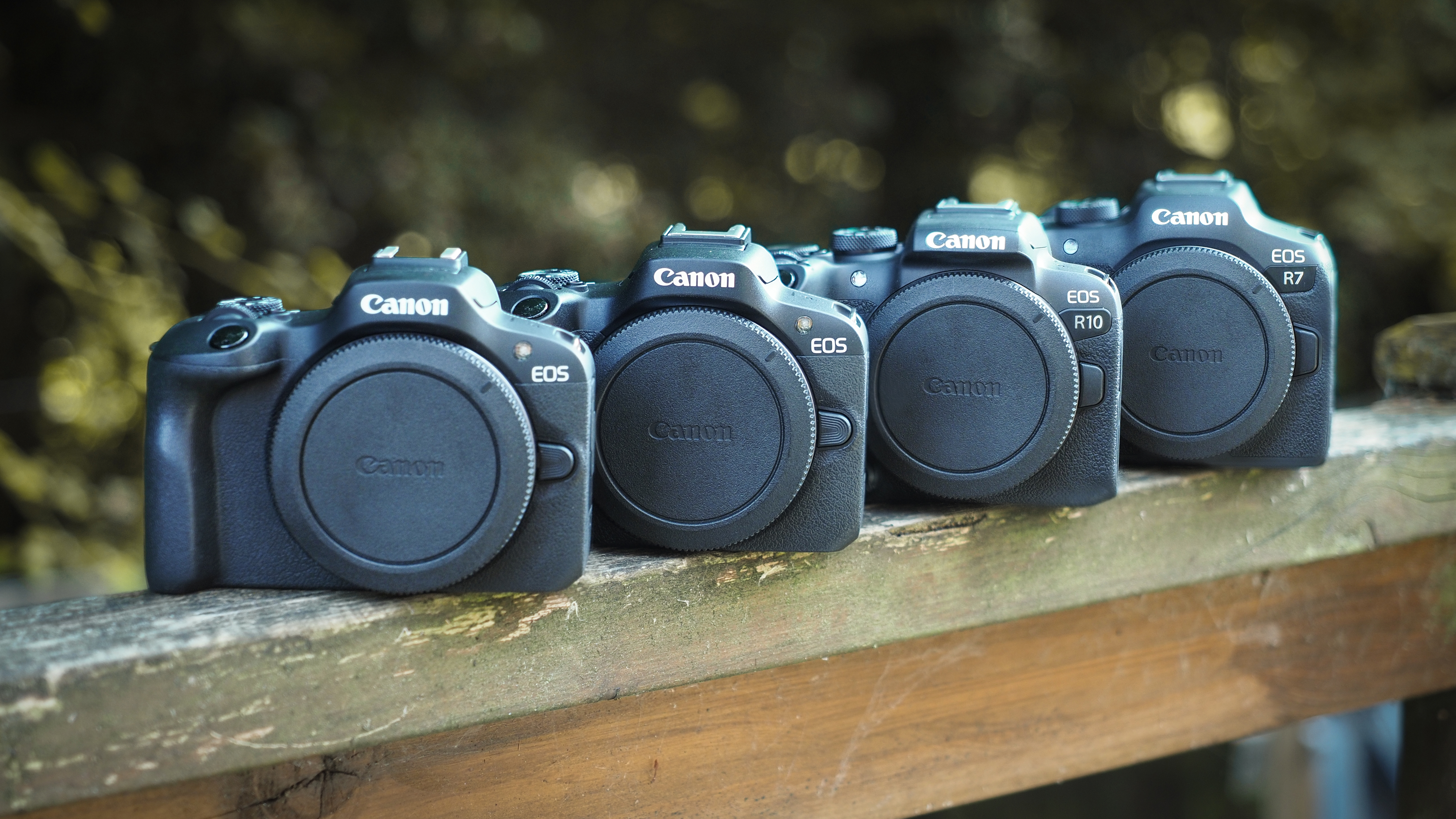
Canon's APS-C camera lineup is formidable – but it's also a bit confusing! Since launching its first crop-sensor bodies in 2022, there are now 5 APS-C Canon cameras. In order of seniority: the Canon EOS R7, EOS R10, EOS R50, EOS R50 V and EOS R100.
Canon makes things even more muddled with the EOS R8 – which is a full-frame camera, even though it comes numerically between the R7 and R10! In other words, telling Canon's APS-C cameras apart can be a bit of a minefield. Which is why I'm here to break down exactly what the differences are.
A quick TLDR: for shooting video, the R50 V is the one to go for. If you want to photograph wildlife and sports, the R7 is your best bet. And if you're looking for a beginner camera, the R100 is a great place to start.
For the full breakdown, here are the key differences between Canon's APS-C camera lineup…
Canon APS-C cameras: Sensor
R7 – 32.5MP (5-axis stabilization)
R10 – 24.2MP (unstabilized)
R50 – 24.2MP (unstabilized)
R50 V – 24.2MP (unstabilized)
R100 – 24.1MP (unstabilized)
All Canon's APS-C camera sensors have a resolution of around 24MP, with the exception of the R7.
Not only does the R7 pack more pixels, boasting 32.5MP, it is also the only sensor to possess in-body image stabilization (IBIS). This offers up to 8 stops of shake compensation, depending on the lens used.
While none of the other cameras have IBIS, they all possess electronic stabilization for video in the form of Movie Digital IS – which compensates for movement by cropping into your footage.
Canon APS-C cameras: Burst mode
R7 – 30fps electronic, 15fps mechanical
R10 – 23fps electronic, 15fps mechanical
R50 – 15fps electronic shutter, 12fps mechanical
R50 V – 15fps, 12fps mechanical
R100 – 6.5fps electronic first curtain (3.5fps with AF)
As you might expect, the bodies higher up the hierarchy have the best burst rates, with the R7 at the top of the tree. However, it's important not to be too sniffy; while the R50 might "only" shoot at 15fps, even the fastest professional DSLRs could only shoot 16fps – so this is still plenty!
Worth noting, however, is that while the R50 and R50 V have the same burst rate on paper, the R50 V accepts faster UHS-II cards – which means it can shoot more than three times as many JPEGs and up to eight times as many RAW files before the buffer fills up.
Canon APS-C cameras: Autofocus
R7 – Dual Pixel CMOS AF II, 5915 positions (4,823 for video)
R10 – Dual Pixel CMOS AF II, 4,503 positions (3,713 for video)
R50 – Dual Pixel CMOS AF II, 4,503 positions (3,713 for video)
R50 V – Dual Pixel CMOS AF II, 4,503 positions (3,713 for video)
R100 – Dual Pixel CMOS AF, 3975 positions (3,375 for video)
With the exception of the R100, all Canon's APS-C cameras employ the latest Dual Pixel AF II autofocus system. This offers faster and more robust AF, with more focus positions, and adds subject recognition for animals (dogs, cats and birds) and vehicles (racing cars and motorcycles) to the human tracking featured in standard Dual Pixel AF.
Again, the flagship R7 offers the most comprehensive autofocus system.
Canon APS-C cameras: Video
R7 – 4K 60p, 4K 30p (oversampled 7K), FullHD 120p
R10 – 4K 60p (cropped), 4K 30p (oversampled 6K), FullHD 120p
R50 – 4K 60p (cropped), 4K 30p (oversampled 6K), FullHD 120p
R50 V – 4K 60p (cropped), 4K 30p (oversampled 6K), FullHD 120p
R100 – 4K 25p (cropped), FullHD 60p
While the other categories are more straightforward, there's quite a bit more to sift through here!
With its uncropped 4K 60p, and 4K 30p oversampled from 7K, the R7 is the champion on paper – particularly when you factor in the image stabilization. However, the R50 V is the more capable camera in almost every other respect.
Like the R7 it boasts a headphone jack along with 10-bit 4:2:2 and CLog 3, but adds other embellishments like 24-bit audio and Canon709, Cinema Gamut and HLG profiles. And since it's a dedicated content creation camera, its body and button layout are custom-made for video (
R7 – 4K 60p, 4K 30p (oversampled 7K), 1080p 120p microphone, headphone
R10 – 4K 60p 64% crop (giving a frame similar to Super 35, 4K 30p (oversampled 6K), 1080p 120p microphone jack
R50 – 1080p up to 120p, 4K up to 30p (uncropped) microphone
R50 V – 4K 60p (cropped including streaming via UVC), FullHD 120p headphone, microphone
R100 – 4K up to 25p (1.55x crop), 1080p up to 60p (uncropped), 720p up to 120p, Vertical video microphone
R7 R50 V headphone
R50 plug and play webcam; R10 EOS Utility
Canon APS-C cameras: Size & handling
R7 – 132 x 90.4 x 91.7mm / 612g (with battery and memory cards)
R10 – 122.5 x 87.8 x 83.4mm / 429g (with battery and memory card)
R50 – 116.3 x 85.5 x 68.8 mm / 328g body only (375g with card and battery) • White 329g (376g) Multifunction Shoe
R50 V – 119.3 x 73.7 x 45.2mm / 323g body only • 370g with battery & card
R100 – 116.3 x 88.1 x 58.7mm . 356g with battery and memory card
R7 dual memory cards
R7 – Front and rear, joystick, wheel
R10 – Front and rear, joystick
R50 – Front
R50 V –
R100 – Front
Canon APS-C cameras: Screen & EVF
R7 – Articulating touchscreen, 1.62m dots / 2.36m dot, 120fps
R10 – Articulating touchscreen, 1.04m dots / 2.36m dot, 120fps
R50 – 2.95" fully articulating touchscreen, 1.62 million dots / 0.39 OLED EVF, 2.36 million dots
R50 V – 3-inch, 1.04 million dots / NA
R100 – 2.36m dots, up to 60fps refresh rate, 0.95x magnification / Fixed 3-inch (non-touch)screen, 1.04m dots
Canon APS-C cameras: ISO sensitivity
R7 – 100 to 32,000 (exp to 51,200) ISO204800
R10 – 100 to 32,000
R50 – 100-32,000 (exp to 51,200)
R50 V – 100-32,000 (exp to 51,200)
R100 – 100 to 12,800 (exp to 25,600)
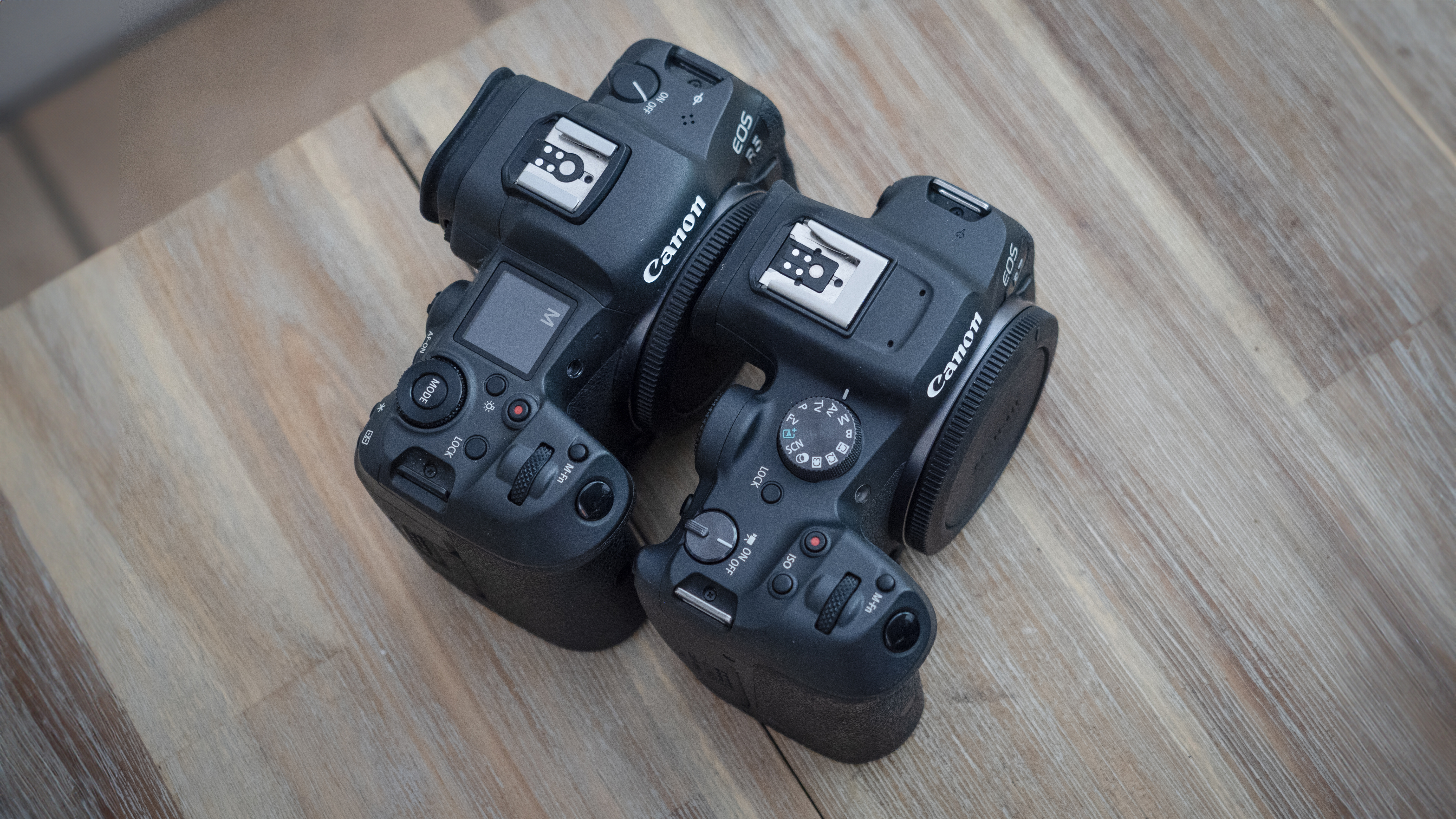
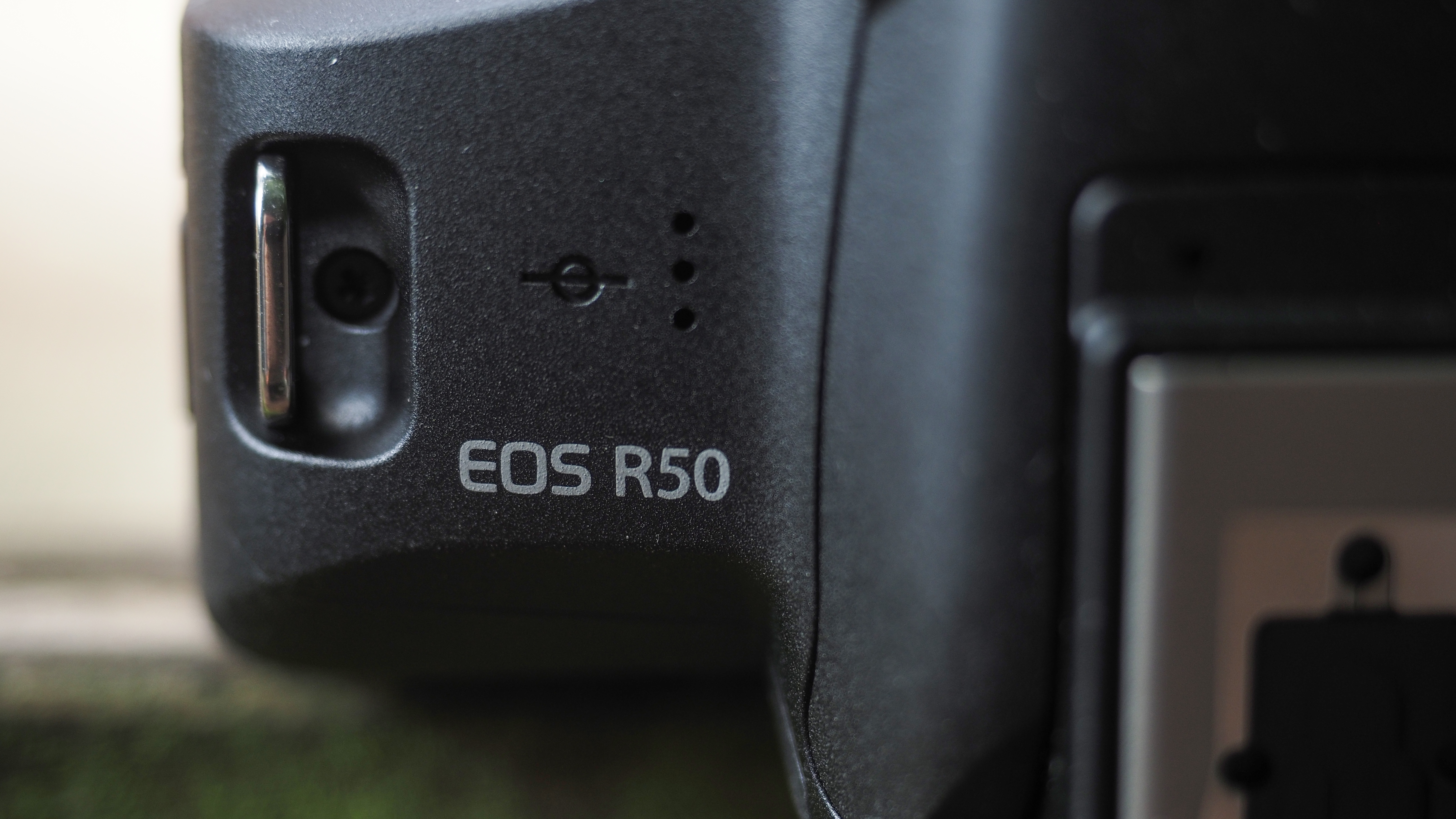
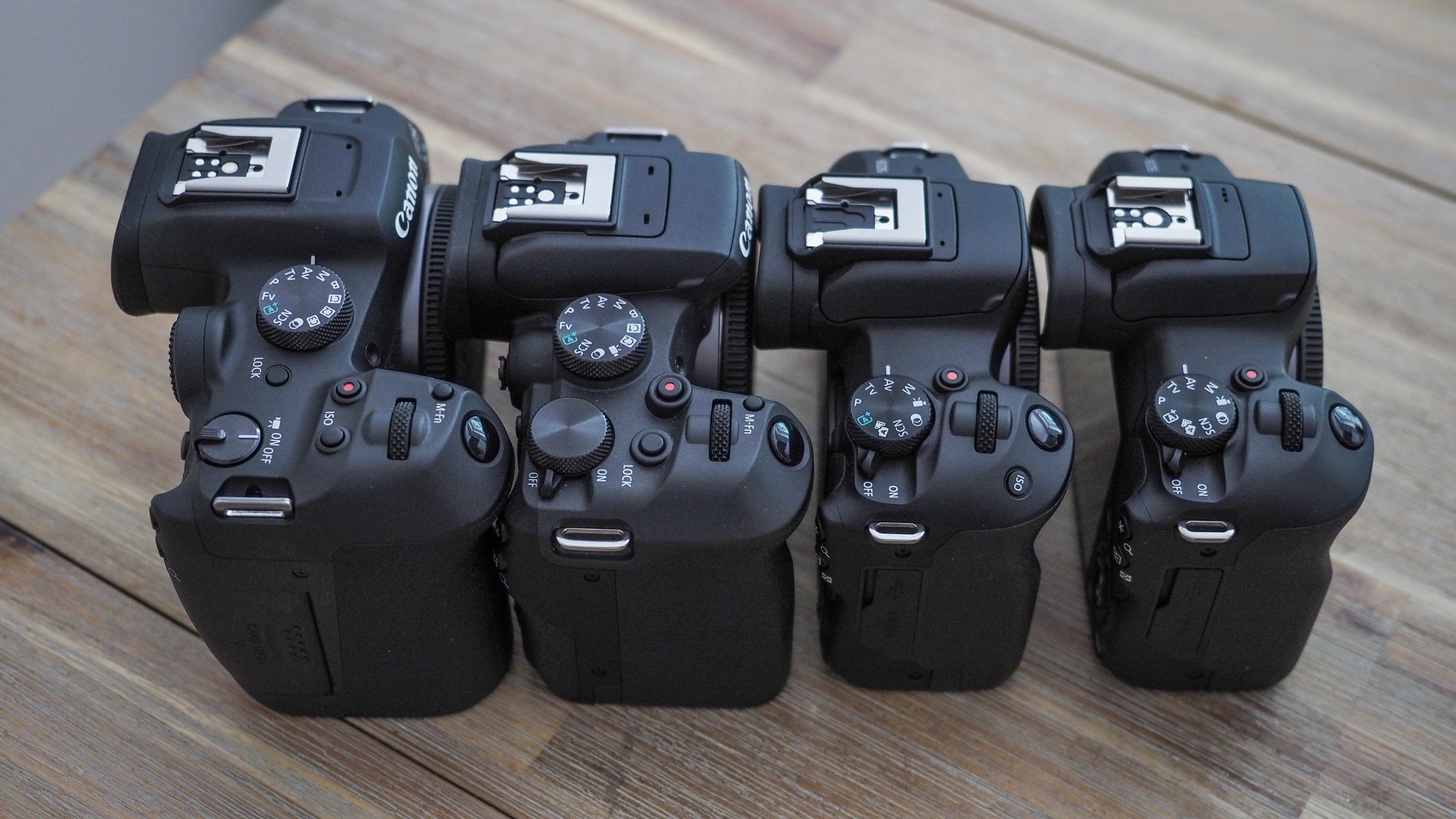
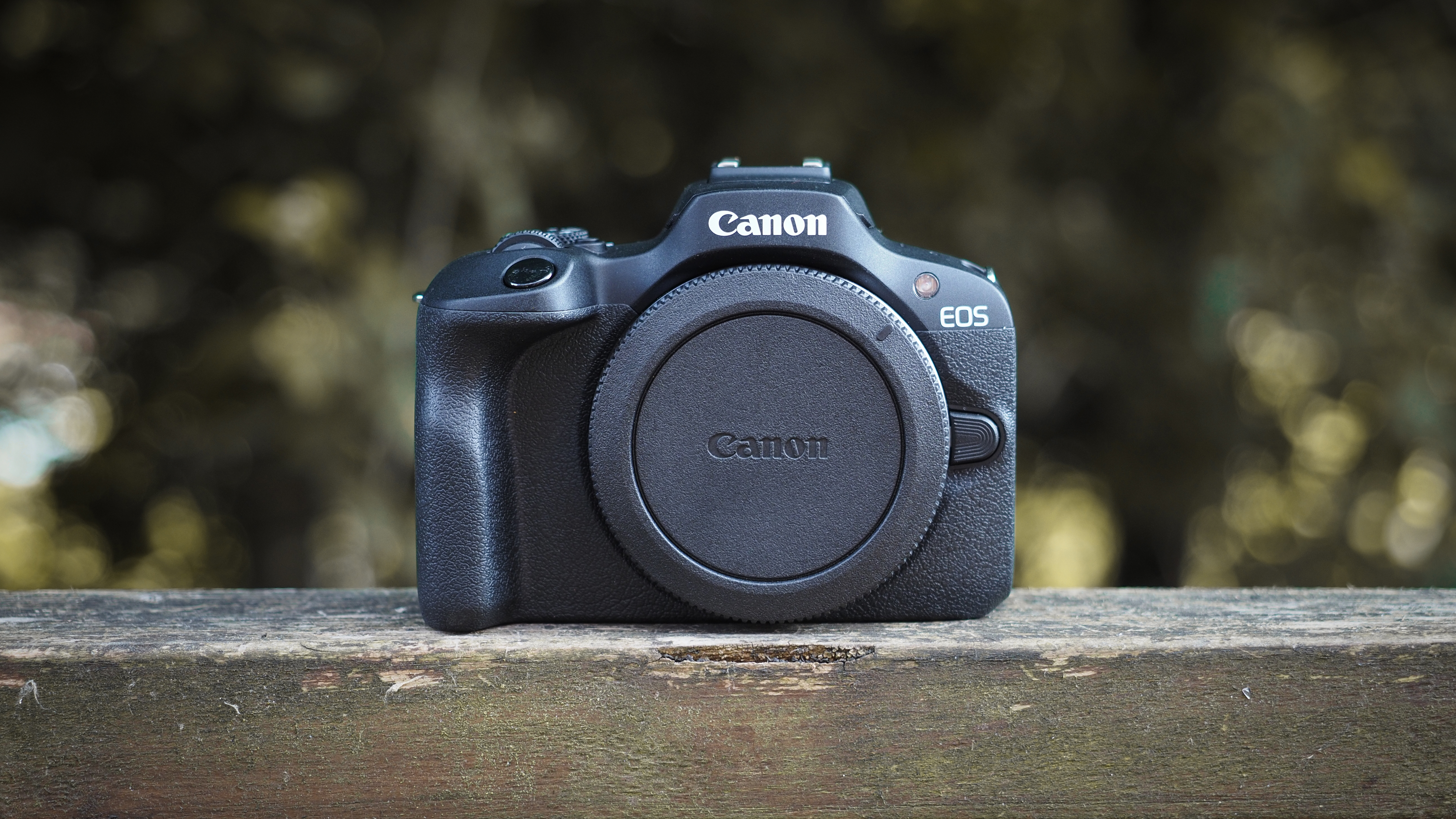
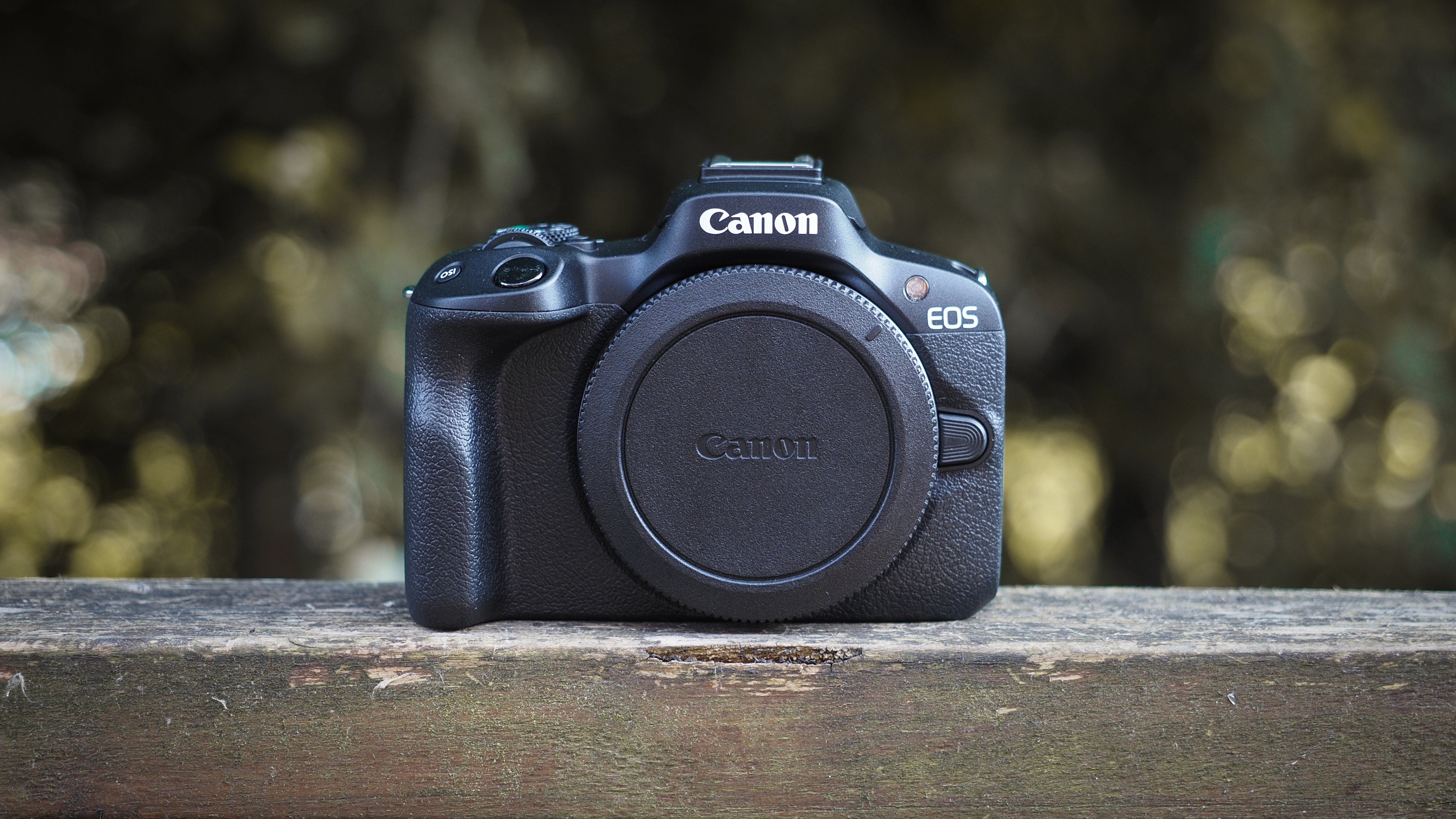
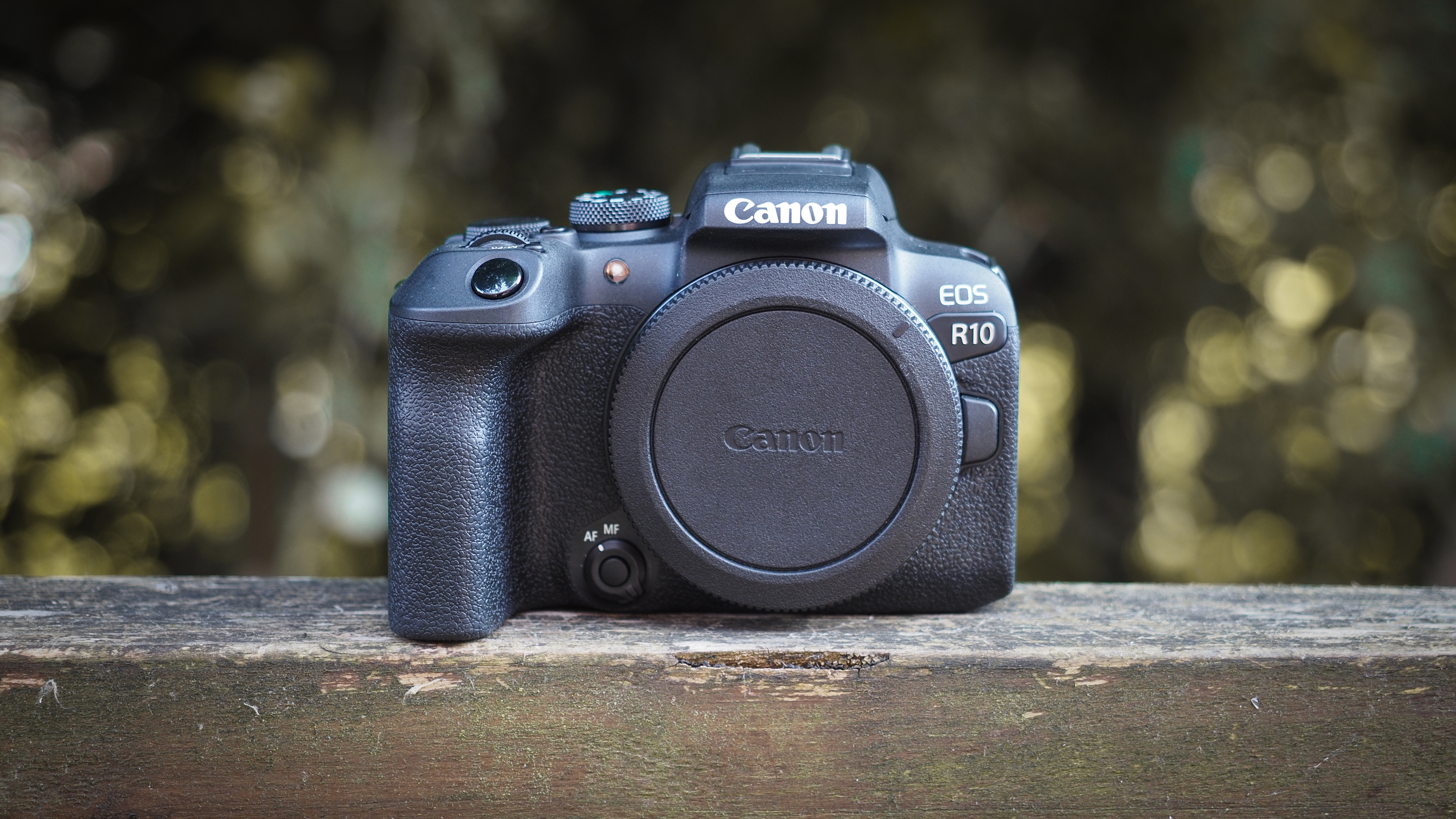
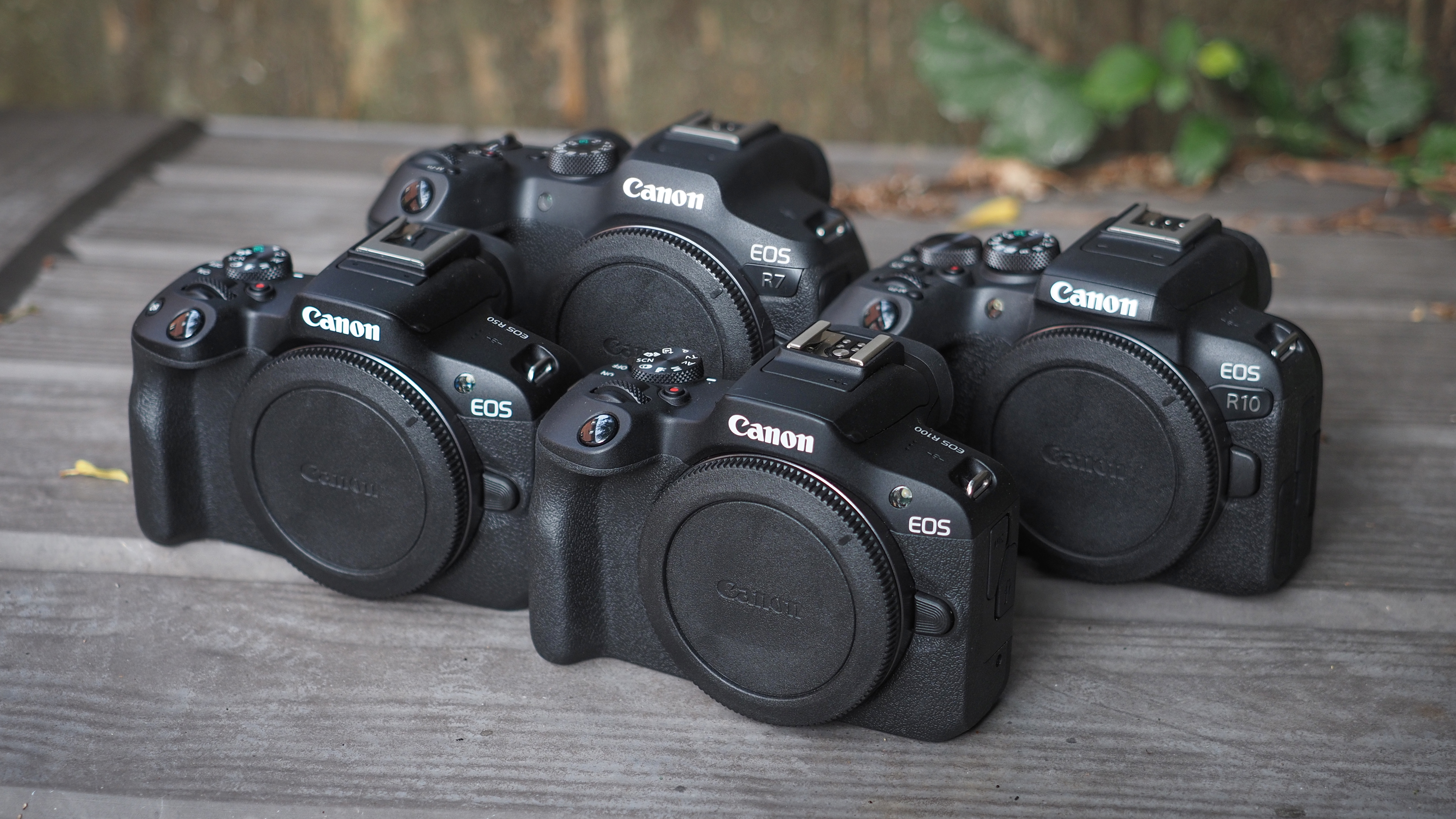
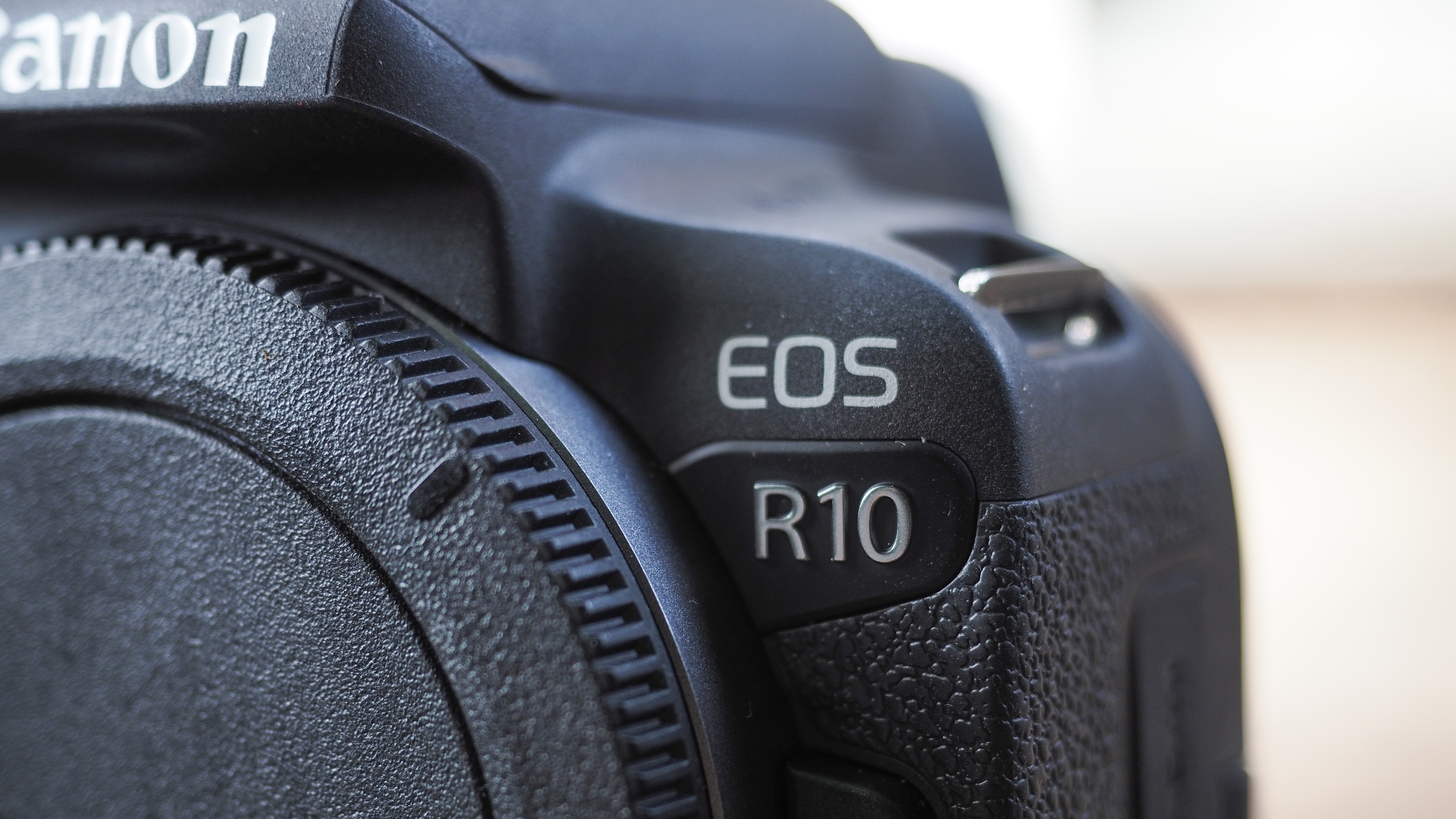
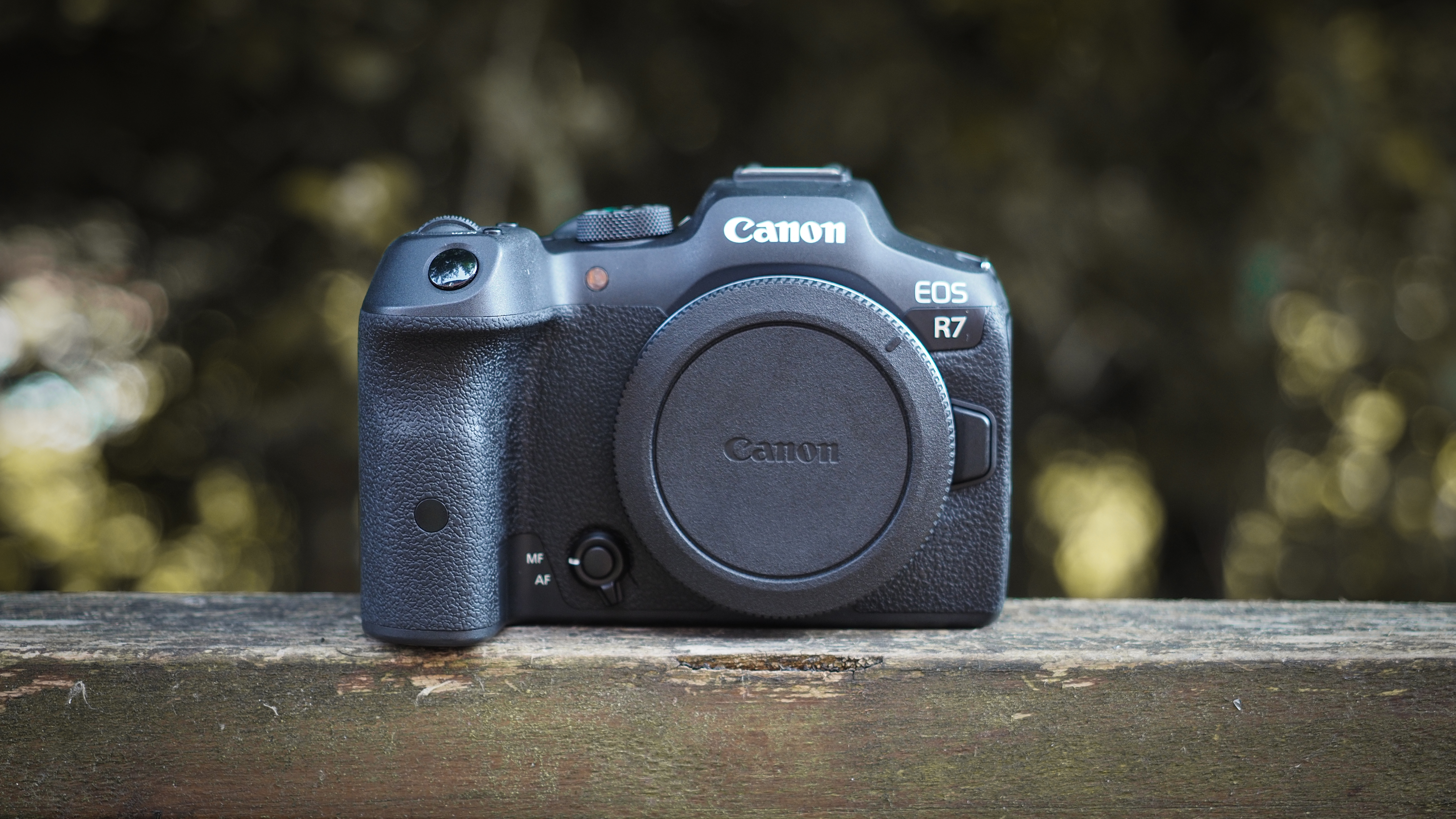
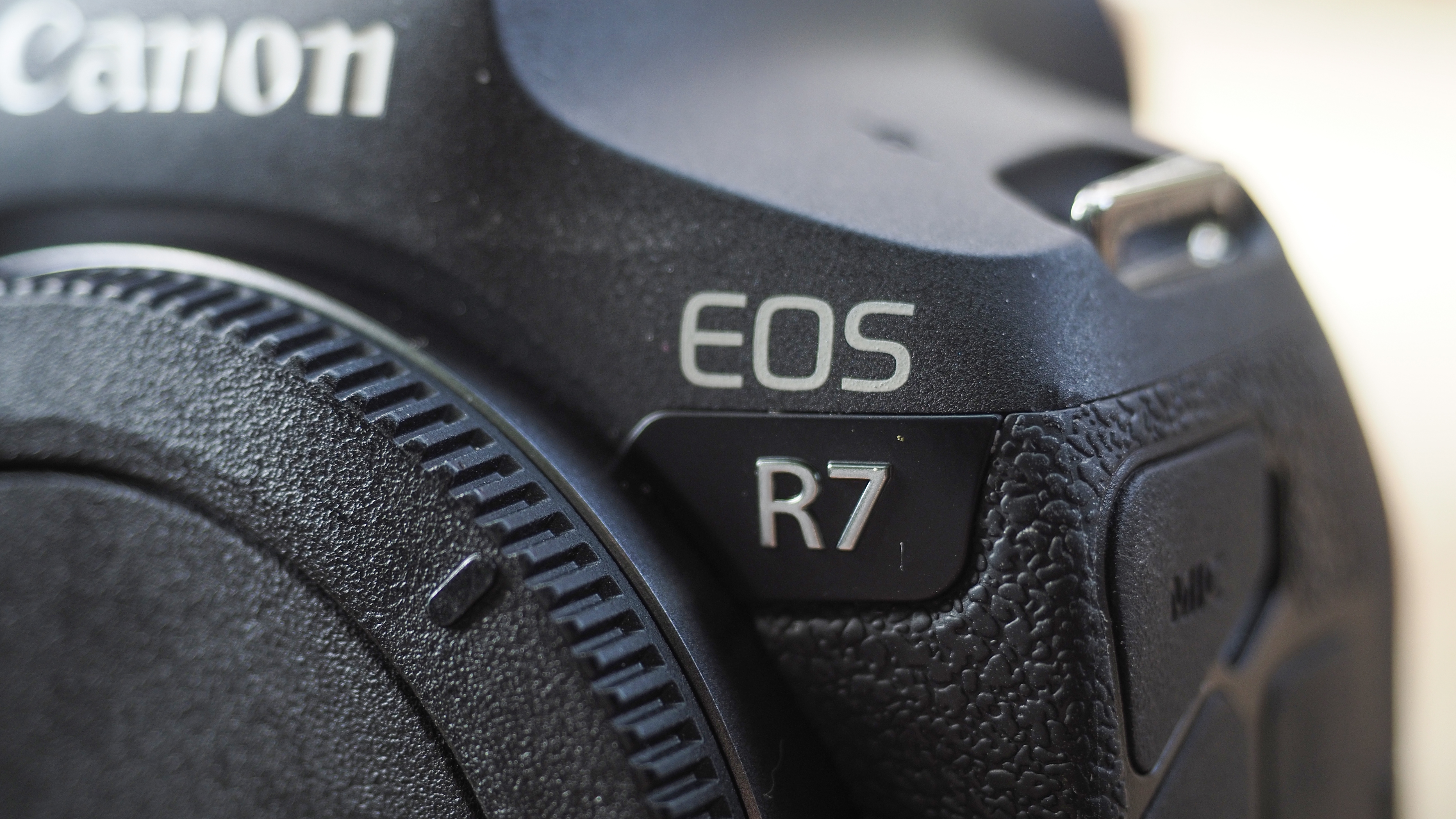
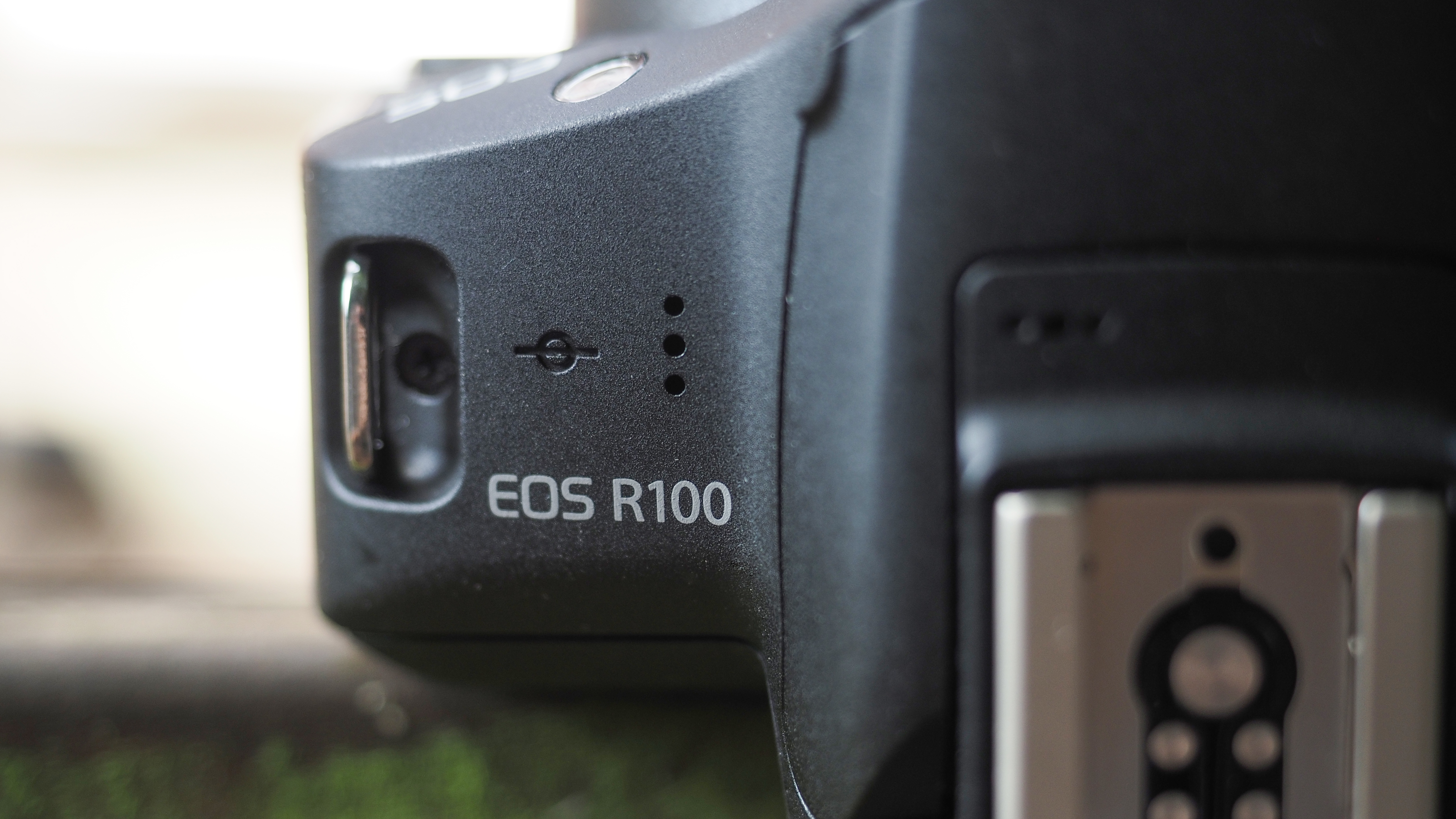
The best camera deals, reviews, product advice, and unmissable photography news, direct to your inbox!

James has 25 years experience as a journalist, serving as the head of Digital Camera World for 7 of them. He started working in the photography industry in 2014, product testing and shooting ad campaigns for Olympus, as well as clients like Aston Martin Racing, Elinchrom and L'Oréal. An Olympus / OM System, Canon and Hasselblad shooter, he has a wealth of knowledge on cameras of all makes – and he loves instant cameras, too.
